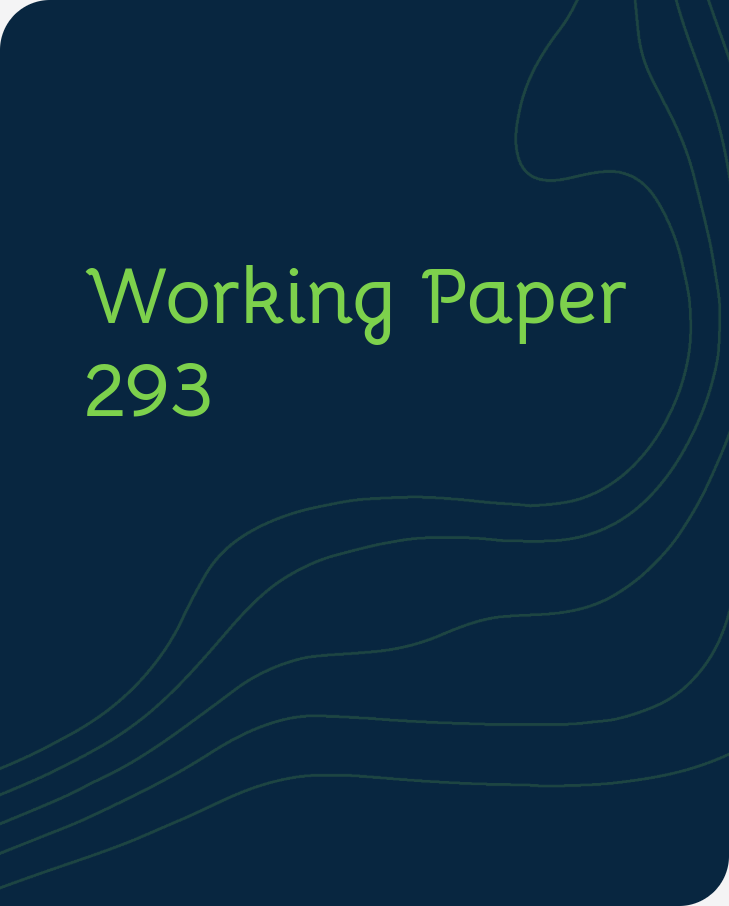Publication
Transition Report
Reform progress and transition indicators
Who we are
Overview: about the EBRDWho we are
Overview: about the EBRD
Learn about the EBRD's journey to investing more than €210 billion in over 7,500 projects.
What we do
Overview: how the EBRD operatesWhat we do
Overview: how the EBRD operates
Through projects, business services and involvement in high-level policy reform, we're doing more than ever before.
Work with us
Overview: how you can work with the EBRDWork with us
Overview: how you can work with the EBRD
We draw on three decades of regional knowledge and financial expertise to tailor our products and approaches to each client's needs.
May, 2024

Cevat Giray Aksoy, Maxim Chupilkin, Zsoka Koczan and Alexander Plekhanov
The purpose of this paper is to offer a comprehensive overview of the socio-economic effects of earthquakes. We begin with a thorough literature review. Following this, we assess policy measures taken in response to major earthquakes, drawing on existing research to formulate insights and recommendations that policymakers can use to effectively navigate the risks in the aftermath of such disasters. In addition to reviewing the literature and analyzing policy interventions, we conduct an indepth examination of the economic repercussions of earthquakes. Our analysis utilizes data from around 80 significant earthquakes across more than 30 countries. The findings indicate that, while the overall effect of major earthquakes on GDP per capita is generally small, the impact on fiscal accounts can be substantial, although this varies significantly between economies. External trade balances tend to weaken, with a considerable decrease in exports and an ambiguous effect on imports.
For media enquiries related to this working paper, please contact Ksenia Yakustidi, Media Adviser at the EBRD’s Office of the Chief Economist
YakustiK@ebrd.com
All Working Papers
The Working Paper series seeks to stimulate debate on transition in the EBRD regions.
